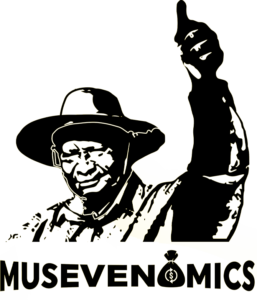The Ugandan economy had not structurally transformed. The economy was still dominantly agrarian, based on small holder farmers, who largely produced raw materials for industries in Britain.
There was minimum manufacturing particularly in food stuffs and textiles.
Because of fluctuation in prices of agricultural products, there was minimal contribution of the agriculture sector to the GDP growth.
There is a paucity of economic data for the early years of Uganda’s independence but the Gross Domestic Product (GDP) was estimated at $449m with per capita GDP growth rate of 15.6% (World Bank 2020).
Economic growth appears to have been impressive for the first eight years after independence.
However, agriculture still dominated the economy, with cotton and coffee comprising 76% of total exports. The total population was 7.216 million.
Furthermore, there was nature and character of factor markets in Uganda at independence.
A factor market is a market where factors of production are bought and sold to complete the production process.
Labour market Was a handful of skilled population, given that the British colonial education focused on training administrators and clerical personnel.





